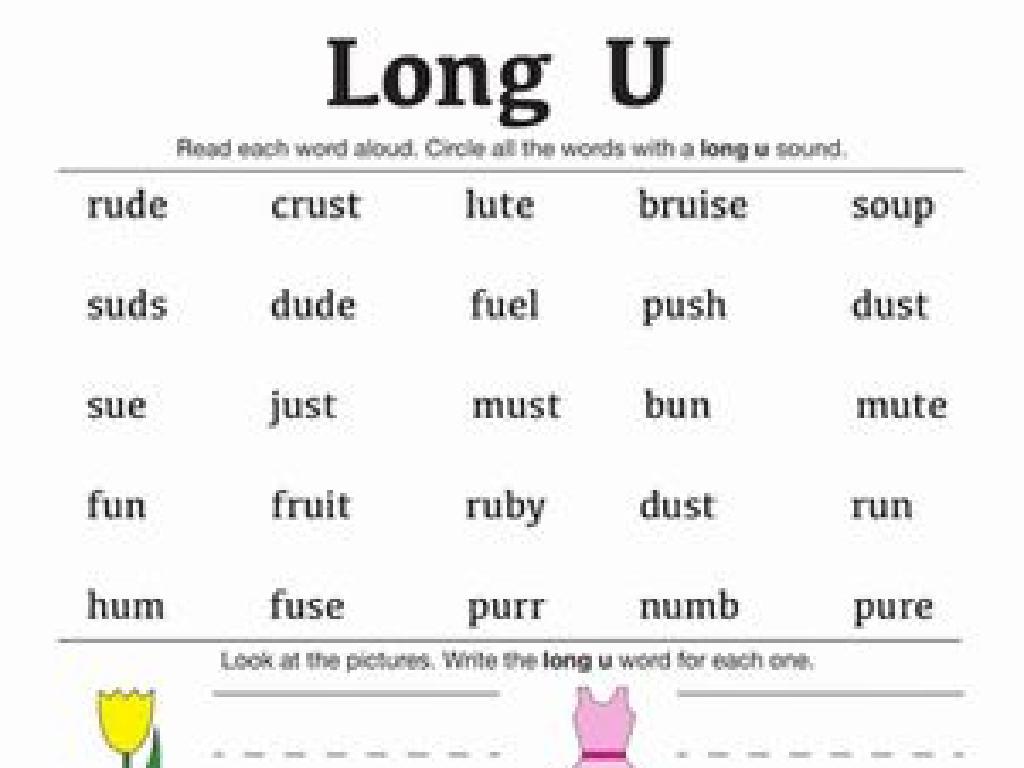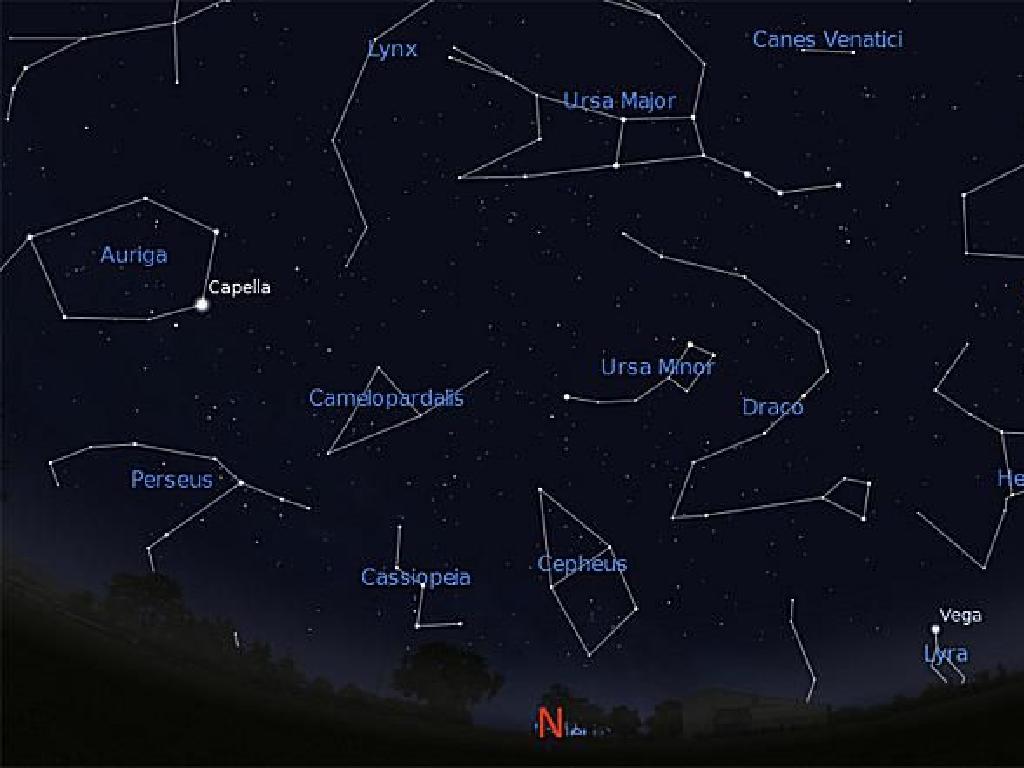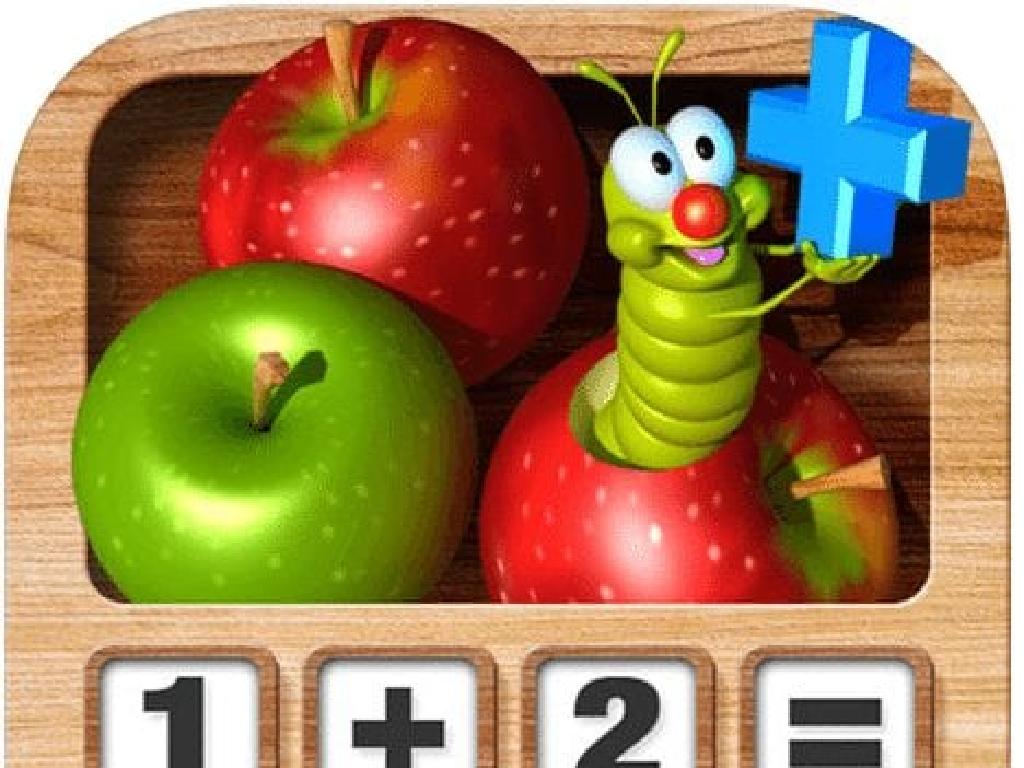Cross Sections Of Three-Dimensional Figures
Subject: Math
Grade: Seventh grade
Topic: Three-Dimensional Figures
Please LOG IN to download the presentation. Access is available to registered users only.
View More Content
Welcome to 3D Figures!
– Explore the 3D world
– Defining 3D figures
– Objects with length, width, and height
– Daily life 3D examples
– Balls, boxes, and cans found at home
– Recognizing common 3D shapes
– Identify cubes, spheres, and cylinders around you
|
This slide introduces students to the concept of three-dimensional figures, emphasizing their presence in everyday life. Begin by explaining that unlike two-dimensional shapes, 3D figures have depth in addition to length and width. Provide clear definitions and engage students by discussing common objects they interact with daily that are examples of 3D figures, such as soccer balls (spheres), cereal boxes (rectangular prisms), and soda cans (cylinders). Encourage students to think about the shapes of items they use or see every day and to recognize these as part of the larger study of geometry. This will help them visualize and better understand the properties of three-dimensional figures.
Exploring Cross Sections of 3D Figures
– Define a Cross Section
– A cross section is the intersection of a solid and a plane
– How Cross Sections are Formed
– Created by slicing a 3D object with a plane
– Comparing Cross Sections and 2D Shapes
– Cross sections are 2D shapes from 3D figures, not all 2D shapes are cross sections
– Significance in Geometry
|
Begin with the definition of a cross section, ensuring students understand it as the 2D shape we get when we cut through a 3D object with a plane. Illustrate with examples like slicing fruits or bread. Explain the process of forming cross sections and how the angle of the cut affects the shape. Compare and contrast cross sections with regular 2D shapes to highlight that while all cross sections are 2D, not all 2D shapes are cross sections. Emphasize the importance of understanding cross sections in visualizing and solving geometric problems involving 3D figures.
Exploring Cross Sections of 3D Figures
– Horizontal, vertical, oblique sections
– Horizontal cuts parallel to the base, vertical stand at right angles, oblique are slanted
– Cross sections in everyday objects
– Example: horizontal slice of a cake, vertical cut through a tree trunk
– Identifying cross-sectional shapes
– Determine if the shape is a circle, rectangle, triangle, etc.
– Practice with different figures
|
This slide introduces students to the concept of cross sections in three-dimensional figures. Begin by explaining the orientation of horizontal, vertical, and oblique cross sections. Use relatable examples like slicing a cake or cutting a tree to illustrate horizontal and vertical cross sections. Guide students to recognize the shapes resulting from different cross sections, such as circles from cylinders or rectangles from boxes. Encourage hands-on practice by having students identify cross sections in various 3D figures, either with physical models or illustrations. This will help them visualize the concept and understand how different cuts can change the resulting shape.
Cross Sections of a Cylinder
– Horizontal cross sections
– Cutting parallel to the base gives a circle
– Vertical cross sections
– Cutting perpendicular to the base gives a rectangle
– Circle: horizontal section
– Every horizontal slice of a cylinder is a circle
– Rectangle: oblique section
– A slanted cut across a cylinder forms a rectangle
|
This slide introduces students to the concept of cross sections of three-dimensional figures, specifically cylinders. Horizontal cross sections are slices made parallel to the base of the cylinder, which result in circular shapes. Vertical cross sections, on the other hand, are slices made perpendicular to the base, and these can result in rectangular shapes if the cut is oblique. It’s important to demonstrate these concepts with physical models or diagrams to enhance understanding. Encourage students to visualize slicing a cylinder with a piece of wire or a knife to see how the shape of the cross section changes with the angle of the cut. This will prepare them for identifying and drawing cross sections of various three-dimensional figures.
Cross Sections of a Sphere
– Exploring spherical cross sections
– A cross section is the shape we get when cutting a 3D object with a plane.
– Circle: a common cross section
– No matter how you slice a sphere, the cross section is a circle.
– Cross section size variation
– Size changes depending on where the sphere is sliced.
– Impact of cutting angle
– The angle of the cut affects the cross section’s size.
|
This slide introduces students to the concept of cross sections, specifically focusing on spheres. Begin by explaining that a cross section is the shape that results from cutting a three-dimensional figure with a plane. Emphasize that for spheres, this cross section is always a circle, regardless of the orientation of the cut. Discuss how the size of the cross section can change based on where the sphere is sliced; for example, slicing through the center results in the largest possible circle, while slicing near the edge results in a smaller circle. Highlight that the angle at which the sphere is cut can also impact the size of the cross section. Provide visual aids or models if possible to help students visualize the concept. Encourage students to think about real-world examples of spherical objects and imagine the cross sections that different cuts would produce.
Cross Sections of a Cube
– Visualize cube cross sections
– Imagine slicing a cube with a plane
– Square and rectangle sections
– Cutting parallel to a face gives squares or rectangles
– Triangular cross sections
– A diagonal cut through a cube can reveal a triangle
– Exploring diagonal cuts
|
This slide aims to help students visualize different cross sections of a cube, which is a fundamental concept in understanding three-dimensional figures. Start by explaining that a cross section is the intersection of a solid and a plane. Show how slicing parallel to a face of the cube results in square or rectangular cross sections. Then, demonstrate that a diagonal cut through the cube can produce a triangular cross section. Use models or diagrams to illustrate these concepts. Encourage students to think about other possible cross sections and to visualize the shapes that would result from different types of cuts.
Cross Sections of a Cone
– Explore cone cross sections
– Circle: horizontal cut
– A flat surface cut parallel to the base forms a circle
– Hyperbola: oblique cut
– An angled cut through a cone creates a hyperbola
– Analyzing section shapes
|
This slide introduces students to the concept of cross sections of three-dimensional figures, specifically cones. Begin by explaining what cross sections are: the two-dimensional shapes we get when we cut through a three-dimensional object. Emphasize that the shape of the cross section depends on the angle of the cut. A horizontal cut parallel to the base of the cone results in a circular cross section, which students may find intuitive. However, an oblique or angled cut through the cone produces a hyperbola, which is less obvious and will require a more detailed explanation. Use diagrams to illustrate the different cuts and resulting shapes. Encourage students to visualize the cuts and predict the shapes before revealing the answers. This will engage them in active learning and help develop their spatial reasoning skills.
Cross Sections of a Pyramid
– Exploring pyramid cross sections
– Triangle cross section side-to-side
– A cut parallel to the base reveals a triangular shape
– Square base cross section
– A cut perpendicular through the apex shows a square
– Rectangular base cross section
– A similar perpendicular cut but off-center can reveal a rectangle
|
This slide aims to help students visualize different cross sections of a pyramid. When a pyramid is sliced from side to side, parallel to the base, the cross section is a triangle. If the pyramid is cut perpendicular to the base and through the apex, the cross section is a square, assuming the pyramid has a square base. If the cut is made perpendicular but off-center, and the pyramid’s base is a rectangle, the cross section will also be a rectangle. Use models or diagrams to demonstrate these cross sections in class. Encourage students to draw these cross sections and understand how the angle and position of the cut affect the shape of the cross section.
Real-Life Applications of Cross Sections
– Cross sections in architecture
– Architects use cross sections to plan and visualize buildings.
– CT scans in medicine
– CT scans show cross-sectional images of the body for diagnosis.
– Engineering design uses
– Engineers design parts and structures by analyzing cross sections.
– Understanding 3D objects
|
This slide aims to show students how the concept of cross sections is applied in various real-world professions. In architecture, cross sections are essential for understanding the internal structures of buildings. Medical imaging, particularly CT scans, rely on cross-sectional views to provide detailed images of the body’s interior, aiding in diagnosis and treatment. Engineering and design frequently involve cross sections to visualize and test parts of machines or structures. Encourage students to think about how a three-dimensional object can be represented in two dimensions and how this is useful in different fields. This will help them appreciate the practical importance of the mathematical concepts they are learning.
Class Activity: Exploring Cross Sections
– Use clay models of 3D figures
– Slice with dental floss or wire
– Observe the cross section shape
– Is it a circle, rectangle, or other shape?
– Identify and record your findings
– Discuss how the angle of the slice affects the shape
|
This hands-on activity is designed to help students understand the concept of cross sections in three-dimensional figures. By using dental floss or thin wire to slice through clay models, students will be able to see the two-dimensional shapes that result from this intersection. The objective is for students to identify the shape of the cross section created, which will vary depending on the angle and location of the slice. Encourage students to experiment with different slicing angles and positions. Possible variations of the activity could include slicing through different figures such as cubes, cylinders, cones, and spheres to compare the cross sections of each. This activity will enhance their spatial reasoning and ability to visualize geometric concepts.





